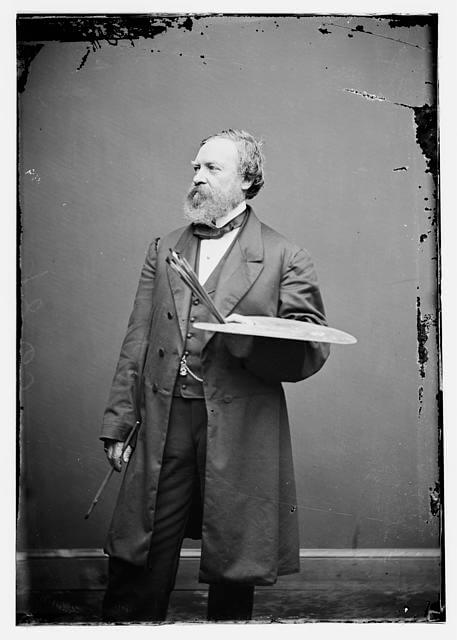CHAPEL
- Program
- Subject
- Location
- Lat/Long
- Grant Recipient
-
NYS Historic
-
Religion, Site
- Fonthill Castle, Bronx, NY 10471, USA
- 40.913793073381, -73.909198923392
-
Sisters of Charity of New York
CHAPEL
Inscription
CHAPELEST. BY SISTERS OF CHARITY
OF ST. VINCENT DE PAUL OF NY
AS CHAPEL OF THE IMMACULATE
CONCEPTION IN 1859. ALTAR
FRESCO BY CONSTANTINO BRUMIDI.
WILLIAM G. POMEROY FOUNDATION 2023
Located on the second floor of the main administrative building of the College of Mount Saint Vincent—also known as Founders Hall—is the Chapel of the Immaculate Conception.
The history of the Chapel is closely intertwined with the Sisters of Charity of Saint Vincent De Paul of New York and their religious and educational mission, beginning in the mid-1850s when the Sisters of Charity were forced to move their academy from McGowans Pass, now Central Park, and find a new location to continue their work.
They found that spot along the Hudson River.
Shortly after purchasing the scenic property overlooking the river from famed Shakespearean actor Edwin Forrest, the Sisters of Charity oversaw construction of the (then) academy building, which would also house the Chapel. Building took place from 1857 – 1859 and when it was completed, the Chapel was described in the September 18th, 1859, edition of the New York Daily Herald as being:
“Exceedingly handsome…one of the largest and finest of the kind in this country. The Windows are filled with richly stained glass, the altar if of beautiful marble, and the choir, which is on a level with the second story, contains a very fine-tuned organ.”
As impressive as the Chapel was when it was first constructed, several notable additions to the structure would only add to its awe-inspiring nature. Perhaps none was more significant than the altar fresco, titled Crucifixion, painted by muralist Constantino Brumidi in 1873 as part of the first major renovation to the Chapel.
Though an important figure whose artwork decorates several important spaces, Brumidi was largely forgotten until Myrtle Cheney Murdock, an accomplished educator whose husband was elected to Congress, relocated to Washington, DC in the 20th century. There, while completing her Doctorate in education and working in the Capitol Building, she became interested in the murals adorning the building. It was during her subsequent research into the frescoes and murals of the Capitol Building that she learned about Brumidi, who was responsible for much of it. This discovery led to her eventual publication of a biography on Brumidi, which helped generate ongoing interest in his career and saved him from the ash heap of history.
And what a career he had.
Along with his frescoes at the Chapel of Mount St. Vincent and the Capitol Building, Brumidi also worked extensively at the Vatican during his early years before being exiled from Italy following the establishment of a short-lived Republic in 1849. Brumidi then made his way to America where his artwork would enhance numerous chapels throughout New York City and Washington. He passed away in 1880, and thanks to the efforts of Murdock, interest in his art continues to grow.
In 2019, the Chapel at Mount Saint Vincent underwent restoration to preserve the interior of the space and as of 2023, the Chapel maintains a central role to both the College of Mount Saint Vincent and the Sisters of Charity of Saint Vincent De Paul of New York.

